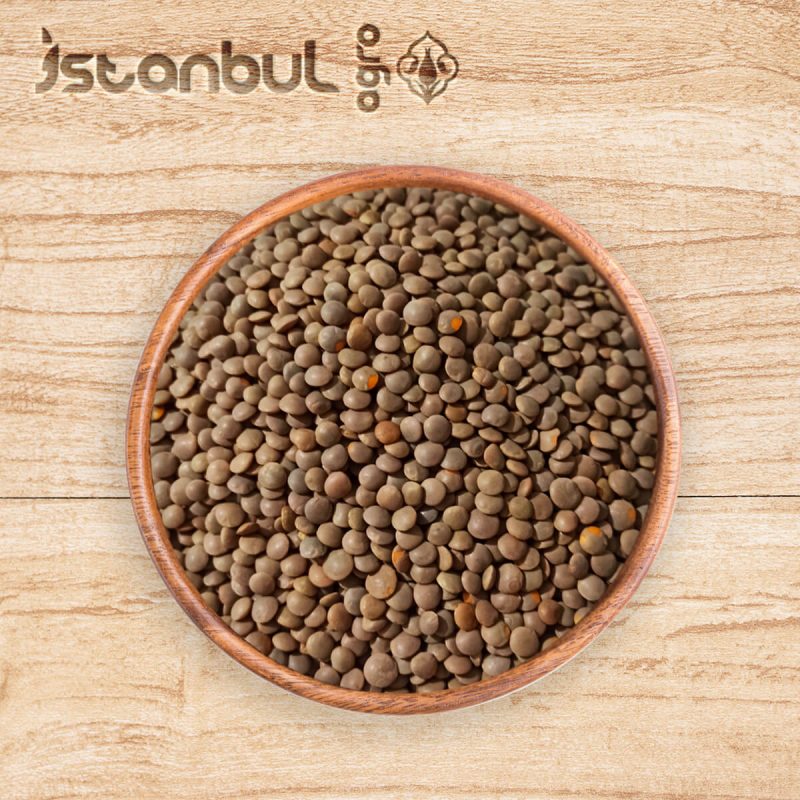Brown lentils are a food rich in polyphenols. These are the category of health-promoting phytochemicals. Procyanidin and some polyphenols such as flavanols in brown lentils are known to have powerful antioxidant, anti-inflammatory and neuroprotective effects. Studies show that lentils can inhibit the production of molecules that lead to inflammation. In addition, when tested in the laboratory, polyphenols in lentils have been shown to inhibit cell growth, especially in cancerous skin cells. These polyphenols may also play a role in improving blood sugar levels.
Brown lentils are a food rich in polyphenols. These are the category of health-promoting phytochemicals. Procyanidin and some polyphenols such as flavanols in brown lentils are known to have powerful antioxidant, anti-inflammatory and neuroprotective effects. Studies show that lentils can inhibit the production of molecules that lead to inflammation. In addition, when tested in the laboratory, polyphenols in lentils have been shown to inhibit cell growth, especially in cancerous skin cells. These polyphenols may also play a role in improving blood sugar levels.
While brown lentils are an inexpensive way to get a wide variety of nutrients, they are often overlooked. For example, it’s packed with B vitamins, magnesium, zinc, and potassium. Red lentils consist of over twenty-five percent protein. This makes brown lentils an excellent meat alternative. It also contains iron, a mineral that is sometimes lacking in vegetarian diets. Although different types of lentils vary in their nutritional content, a cup of cooked lentils contains approximately:






